The Fly Rod
A fly rod can be as short as 4' or
as long as 15' for specialized fishing. For the average trout,
bass, or panfish angler, though, an 8ft - 9ft rod is the most practical.
This length allows for better line control, longer casts, and
better mending (manipulation of the
line on the water) than a shorter rod. Our
2017 fly rods are now available offering fly rods with fast, medium fast
and medium action.
All our rods are manufactured from high quality materials and
are covered by our lifetime guarantee and feature
excellent build quality and value for money.
Rod Blank
The rod blank is the actual rod
itself, without the guides, reel seat, or grip. Today, most rod
blanks are constructed of graphite fibre sheets and resins
wrapped around a steel form (called a mandrel),
which is removed after heat-treating. The result is a hollow,
round, and very light rod.
Until the 1950s, most fly rods were made of strips of
bamboo glued together—hence the term
split-cane or split-bamboo rod.
Many anglers still favour split-bamboo rods, and some rods
of this type are still available.
Taper
The taper of a rod blank is the
way in which it varies in diameter from the thick end (the
butt) to the thin end (the
tip). The taper is often complex,
attempting to achieve maximum performance from a minimum
weight in materials. A fly rod must be able to both cast a
fly and play a fish, so taper design is a compromise between
those two functions.
Action
Fly rods come in different actions,
or levels of flexibility. Action depends on the material
used in the blank and the taper of the blank. The action is
important because it dictates the speed of the
casting cycle—how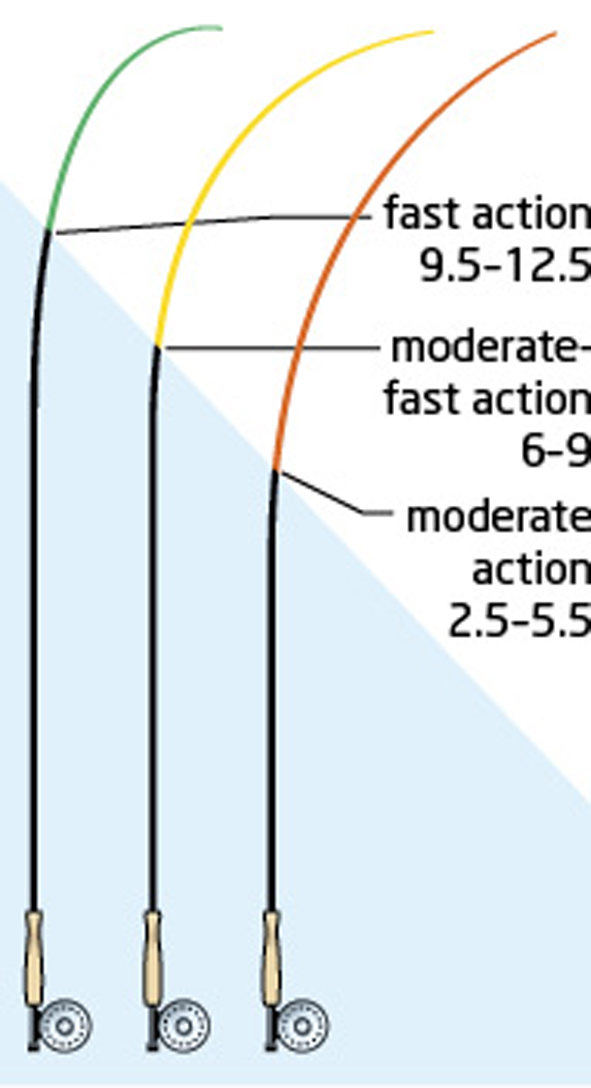 fast you must
move the rod back and forth. The most common actions are: fast you must
move the rod back and forth. The most common actions are:
Fast: The bend of the rod is concentrated near the
tip. Fast action is good for casting in windy conditions
because it generates the greatest line speed.
Moderate-fast: The bend extends through the upper
third of this rod.
Moderate: The bend extends halfway down the rod.
Moderate action is best for casting large poppers or
bass bugs (see
Hooks and Flies).
Slow: The bend extends all the way down to the
grip of the rod. Though slow action is not as popular,
it has the benefits of reducing false casting and
permits a greater amount of sunken line to be lifted
into the back cast .
As a beginner, try a rod with moderate-fast
action, which is forgiving yet can handle all types
of flies and situations.
Fittings
The grip, reel seat, ferrules, and guides
comprise the fittings of
the rod. These fittings transform the rod from a
basic pole into a machine capable of relaxed,
daylong casting and of successfully playing a fish.
Grip
The grip, which you
hold in your dominant hand while casting, should be
constructed of cork rings. Various manufacturers
have introduced foams and
plastics
as substitutes for cork, but the organic feel of
cork and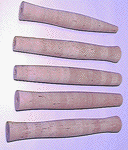 its excellent wear properties have never
been replicated and all our rods are fitted with
quality cork grips. its excellent wear properties have never
been replicated and all our rods are fitted with
quality cork grips.
Top to bottom - Ultra-fine, Half wells, Cigar,
Reverse Half Wells, Full Wells
The grip style you should use depends on the size
of your hand and the rigours of the fishing you do.
If you’ll be casting large flies or poppers or have
large hands, choose a large, fuller grip. Many
people cast with their thumb pressing against the
front of the grip, exerting tremendous force at this
point. For them, a full wells
or half wells grip,
both of which have a lot of cork to take the thumb
pressure, are best. The cigar,
reverse half wells, and
ultra-fine grips all taper
at the front
Reel seat
The reel seat holds
the reel on the rod. It should be of good
quality whether it’s
up-locking, with the screw mechanism
below the reel, or
down-locking, with the screw mechanism
above the reel.
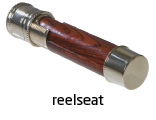
Ferrules
Ferrules are the
points where sections of a fly rod are joined.
The ferrules of graphite and fibreglass rods are
made of the same material as the rods
themselves. The ferrules of bamboo rods are
usually made of nickel silver and require
special care (see a dealer for suggestions).
Guides
Along the length of the rod, the fly line
passes through several guides,
which distribute the pressure of the line. A
single rod will include several types of
guides—the stripper guide,
the snake guides, and
the tip-top.
You can often
gauge the
overall quality
of a rod by
looking at the
number of
guides. Each
guide represents
an investment in
labour in fixing
it to the rod by
winding thread
over the guide’s
“feet.” In
short, cheaper
rods have fewer
guides. A 9' rod
should have at
least 10
guides—one
stripper and
nine snake
guides. Any
fewer, and the
load will not be
distributed
adequately for
optimum casting
or playing of
fish. The guides
should be made
of hard,
non corrosive
metal.
Fly Rods and
Line Weight
The
weight of
fly lines
varies, and
different fly
rods are better
for casting
lines of
different
weights.
Fly
lines and rods
are categorised
using a system
ranging from 1
(lightest) to 12
(heaviest). For
most rivers
you are best off
with a rod
somewhere in the
middle: a 5 or
6-weight fly rod
will perform
well under most
freshwater
conditions: it’s
powerful enough
to throw
streamers and
small bass bugs,
yet delicate
enough to cast
dry flies of all
sizes with
accuracy and a
soft delivery.
Match your fly
rod with a line
of the same
weight
designation
(e.g., a 5 or
6-weight line).
(For
more on the
AFTMA system,
see
The Fly Line.)
Performance
Though expert
fly fishermen
can cast a fly
80–100' with
seemingly little
effort, most
freshwater fly
fishing requires
casts of only
50' or less. If
you subtract the
length of a
typical rod and
leader (the
connector
between the line
and the fly),
the amount of
line in the air
during a 50'
cast is only
about 35'. So
buying a rod
that casts best
with 50–60' feet
of line would be
a mistake for
most freshwater
fishing. Such a
rod would likely
lack the
delicacy to make
shorter casts
and the
sensitivity to
feel a fish as
it gently takes
a sunken fly.
Cost
Though it
might be
tempting to buy
the cheapest
shiniest
best rod a
salesperson
shows you, it’s
better to choose
the rod that
actually suits
your fishing
needs. Many top
brands are in
the £500–700
range, but other
manufacturers
make rods with
less
performance
but look shiny and
cost as little
as £100 or even
less. Price
differences stem
from a number of
factors:
-
Fittings:
Much of the
price difference
across different
fly rods has to
do with the
quality of the
fittings,
the number of
guides and the
type of rod
blank used.
-
The rod blank
This is very
important, in
fact the most
important part
of your
investment. A
good blank IM 7
or above will
serve you well
for many years.
All our rods are
IM 7 or above
and they all
carry a Lifetime
Guarantee. If
you are on a
budget you can save a
great deal of
money by
purchasing a
well-built rod
with
medium-quality
fittings such as
our
Pawl or "Confidence"
range.
|
|

![]()

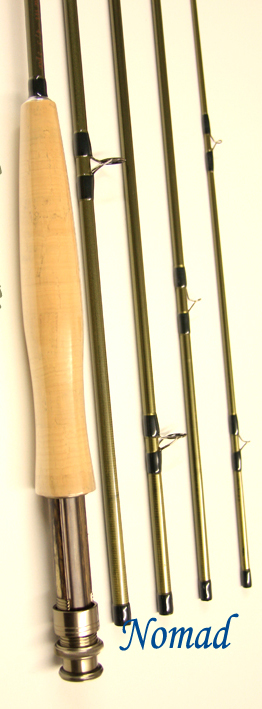
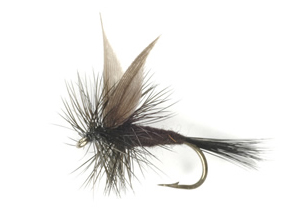

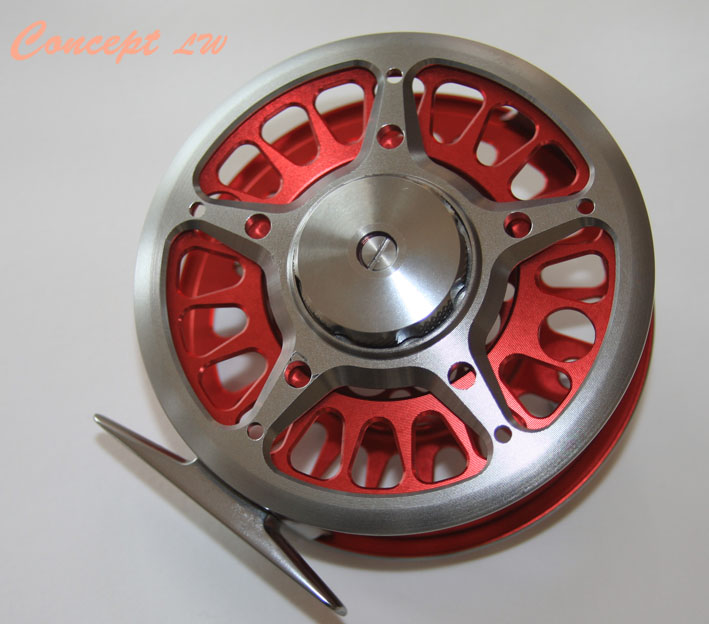


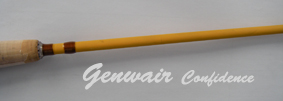

 fast you must
move the rod back and forth. The most common actions are:
fast you must
move the rod back and forth. The most common actions are: its excellent wear properties have never
been replicated and all our rods are fitted with
quality cork grips.
its excellent wear properties have never
been replicated and all our rods are fitted with
quality cork grips.